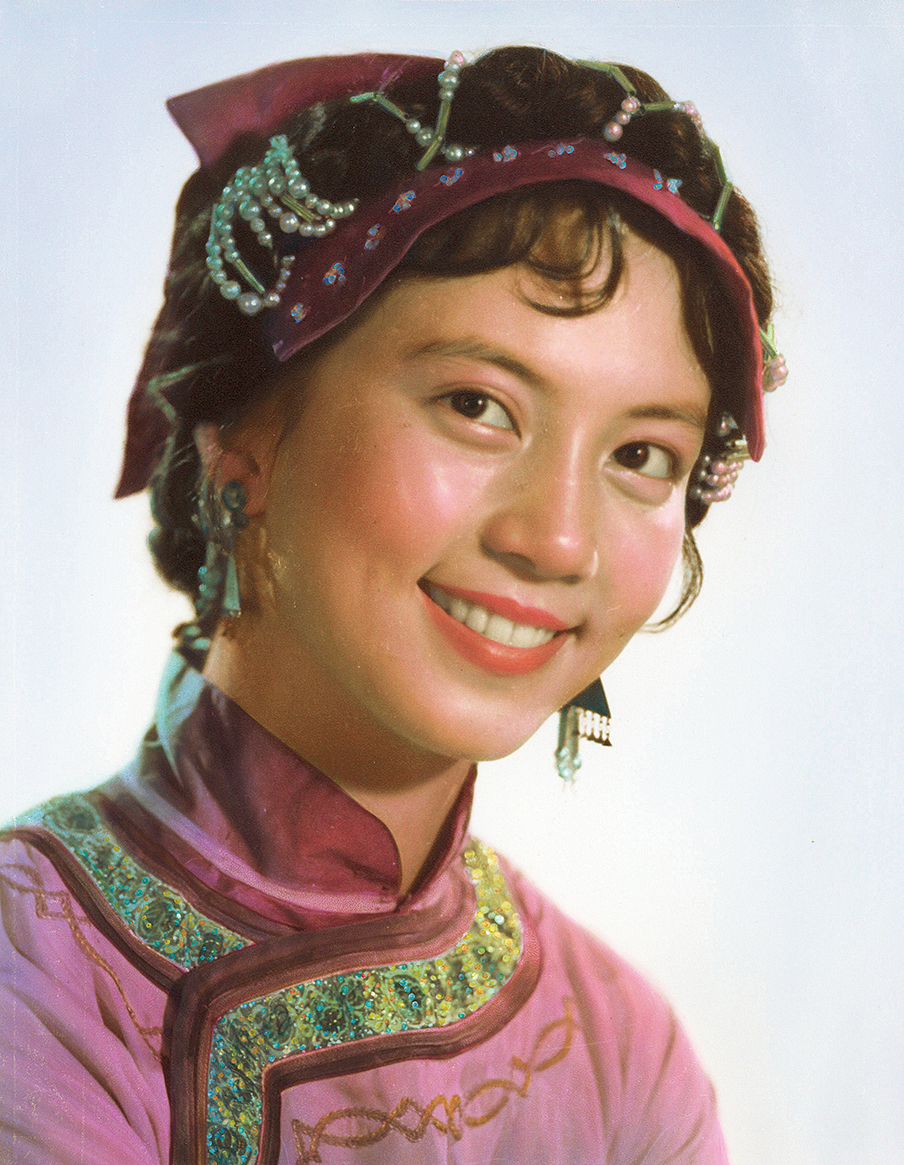
Chen Ren
Break Through
1985
Oil on canvas
When Chen did “Breaking Through” in 1985, “opening” and “ban-lifting” became two key words of the year. They connected the destiny of art in China with experiments in art academies and the destiny of Chinese artists as individuals, encouraging both teachers and students in art academies to engage in formal innovation and conceptual experiments. Chen, then having felt the shock and excitement brought by ’85 New Wave Movement, became aware how the rigid and inflexible doctrines in art had stifled young artists’ creativity, so, like his peers at that time, he was eager to break traditional patterns in different ways. Referring to Rene Magritte, a surrealist Belgian painter, Chen did this painting modeled on Zhu Jianhua, a three-time world record breaker in high jump. The superposition of two different spaces and the transition between the three consecutive actions led him to a breakthrough in art. On the surface, it was a painting featuring sports movements, but there was an important underlying message of active pursuit of innovation. Breaking free from the realist doctrines in painting, art jumped to a new stage to embrace possibilities- it became the realistic and symbolic significance embodied in “Breaking Through”. Upon its completion, this painting was put on the front cover of “New Fine Arts” (April issue), the journal of Zhejiang Academy of Fine Arts, and on the inside front cover of “Art” magazine in 1985.
This painting drew a lot of attention at “After the Door Is Opened: Contemporary Painting Exhibition from P. R. C.” in USC Pacific Asia Museum in the United States, the first overseas Chinese art exhibition after the Cultural Revolution, echoing what Kissinger remarked in the preface to this exhibition. What changes have taken place in China since the door was opened? It is what the West is interested in. To this question, nothing can say more than these works of art by the Chinese artists of the new generation.
(Edited by Su Wenxiang, Xu Chongbao, Huang Si, 2015)


